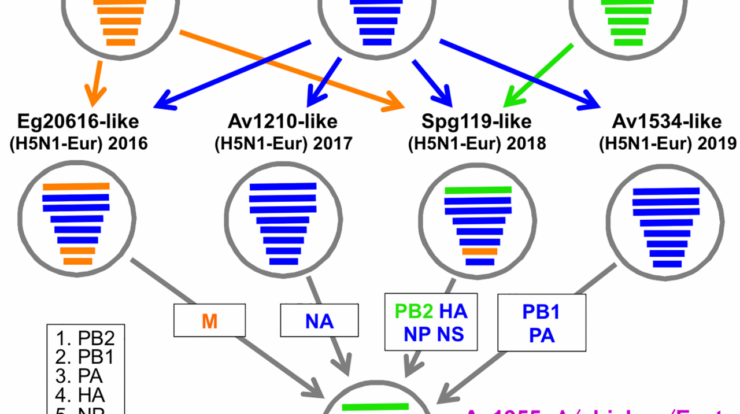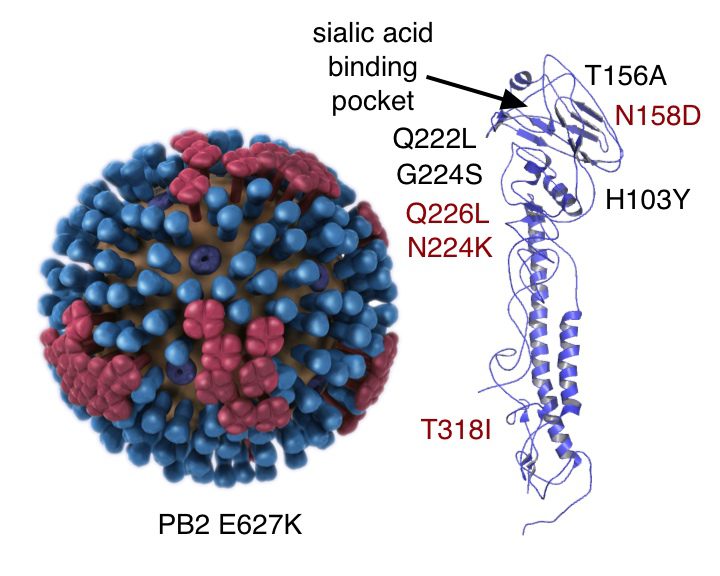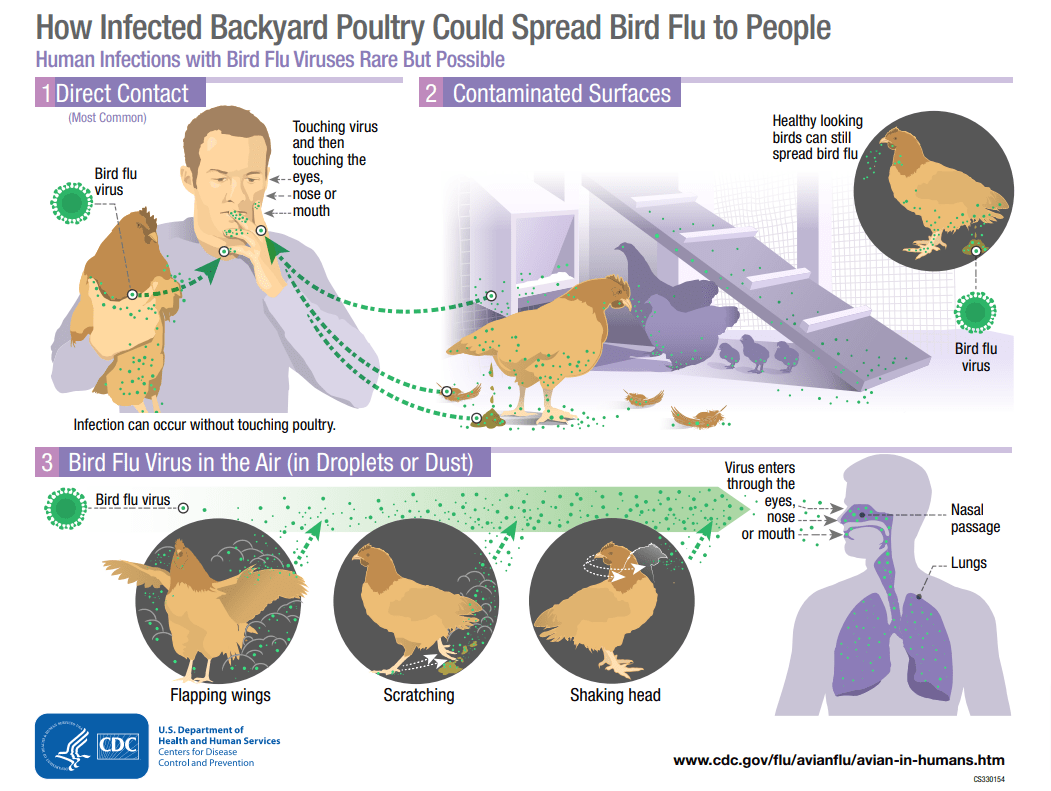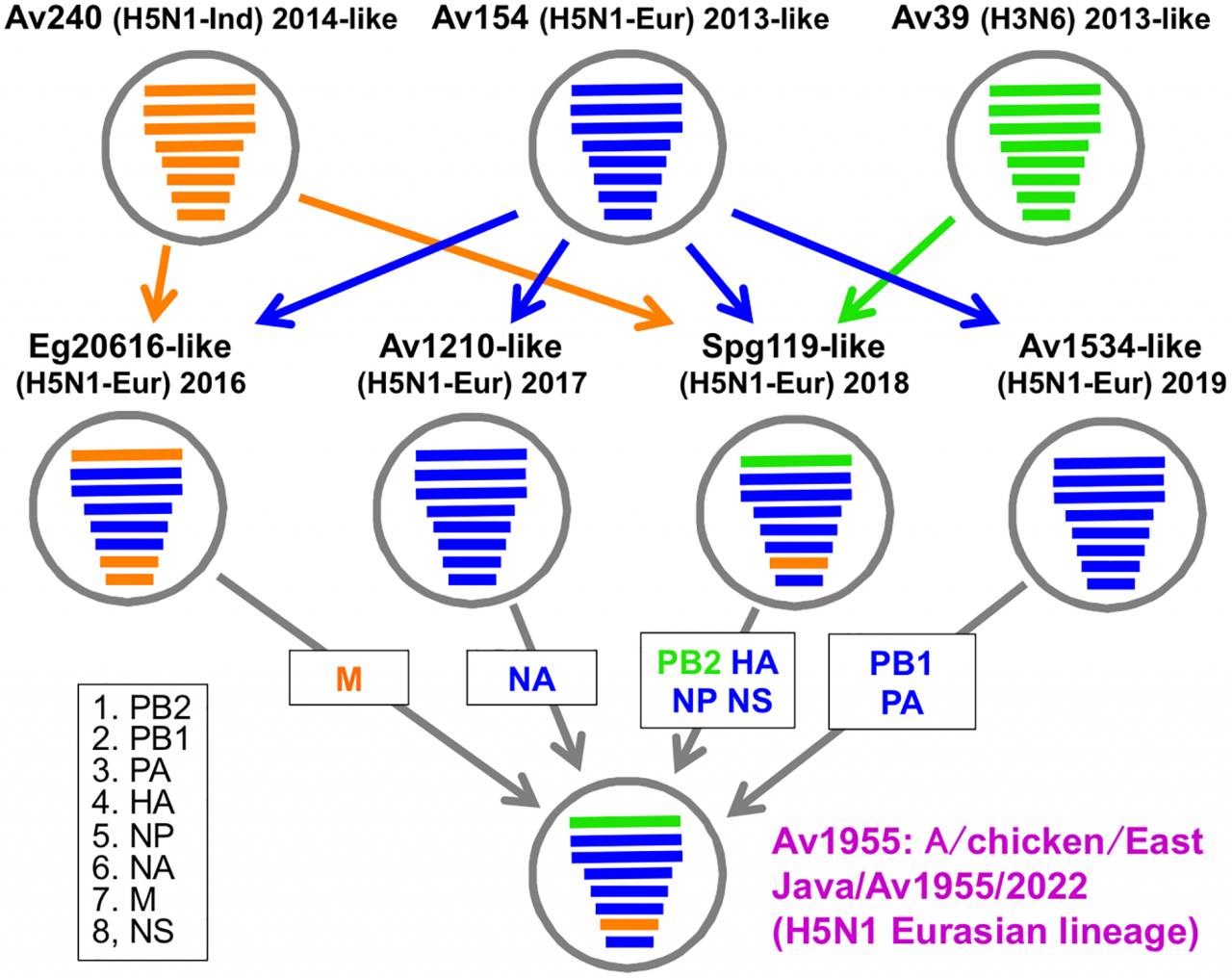
H5N1 airborne transmission has emerged as a serious concern, posing a potential threat to global public health. This highly pathogenic avian influenza virus has the ability to spread through the air, raising questions about its transmission dynamics and the risks it poses to humans.
In this comprehensive article, we delve into the mechanisms of H5N1 airborne transmission, explore the factors that influence its risk, and discuss the measures that can be taken to mitigate its spread. We also examine the clinical manifestations and treatment options for H5N1 infection, highlighting the challenges in diagnosing and managing this deadly virus.
H5N1 Airborne Transmission

H5N1 is a highly pathogenic avian influenza virus that has the potential to become airborne and infect humans. Airborne transmission occurs when the virus is released into the air in small droplets or particles and can be inhaled by people who are nearby.
The mechanisms by which H5N1 can become airborne include:
- Coughing or sneezing by infected birds
- Stirring up contaminated dust or feathers
- Aerosolization of the virus in poultry processing plants
The risk of airborne transmission of H5N1 is influenced by several factors, including:
- The concentration of the virus in the air
- The duration of exposure
- The susceptibility of the exposed individual
Risk Assessment and Mitigation, H5n1 airborne
The populations at highest risk of exposure to airborne H5N1 include:
- Poultry workers
- Veterinarians
- People who live in areas with high concentrations of poultry
Measures that can be taken to reduce the risk of transmission include:
- Wearing personal protective equipment (PPE) when working with poultry
- Avoiding contact with sick or dead birds
- Maintaining good hygiene practices, such as handwashing and avoiding touching the face
- Surveillance and early detection of outbreaks in poultry populations
Clinical Manifestations and Treatment
The clinical signs and symptoms of H5N1 infection in humans can range from mild to severe and may include:
- Fever
- Cough
- Sore throat
- Muscle aches
- Headache
- Difficulty breathing
- Pneumonia
- Respiratory failure
Treatment for H5N1 infection typically includes antiviral medications, such as oseltamivir or zanamivir, and supportive care, such as oxygen therapy and mechanical ventilation.
Public Health Response
A public health response to an H5N1 outbreak typically involves:
- Surveillance and monitoring of poultry populations
- Isolation and quarantine of infected birds
- Vaccination of poultry
- Education and communication to the public about the risks of H5N1 and how to prevent infection
- Collaboration with international partners to control the spread of the virus
Research and Development
Critical areas of research for understanding and controlling H5N1 include:
- Development of new vaccines and antiviral drugs
- Understanding the mechanisms of airborne transmission
- Developing diagnostic tests for early detection of H5N1 infection
- Exploring the potential for using gene editing to prevent or treat H5N1
Final Summary

Understanding and controlling H5N1 airborne transmission is crucial for preventing outbreaks and protecting public health. Through enhanced surveillance, early detection, and effective mitigation strategies, we can reduce the risk of this virus spreading and causing widespread harm.
Continued research and development are essential for developing new vaccines, antiviral drugs, and innovative approaches to combat H5N1. By working together, scientists, public health officials, and international organizations can effectively manage this threat and safeguard global health.








